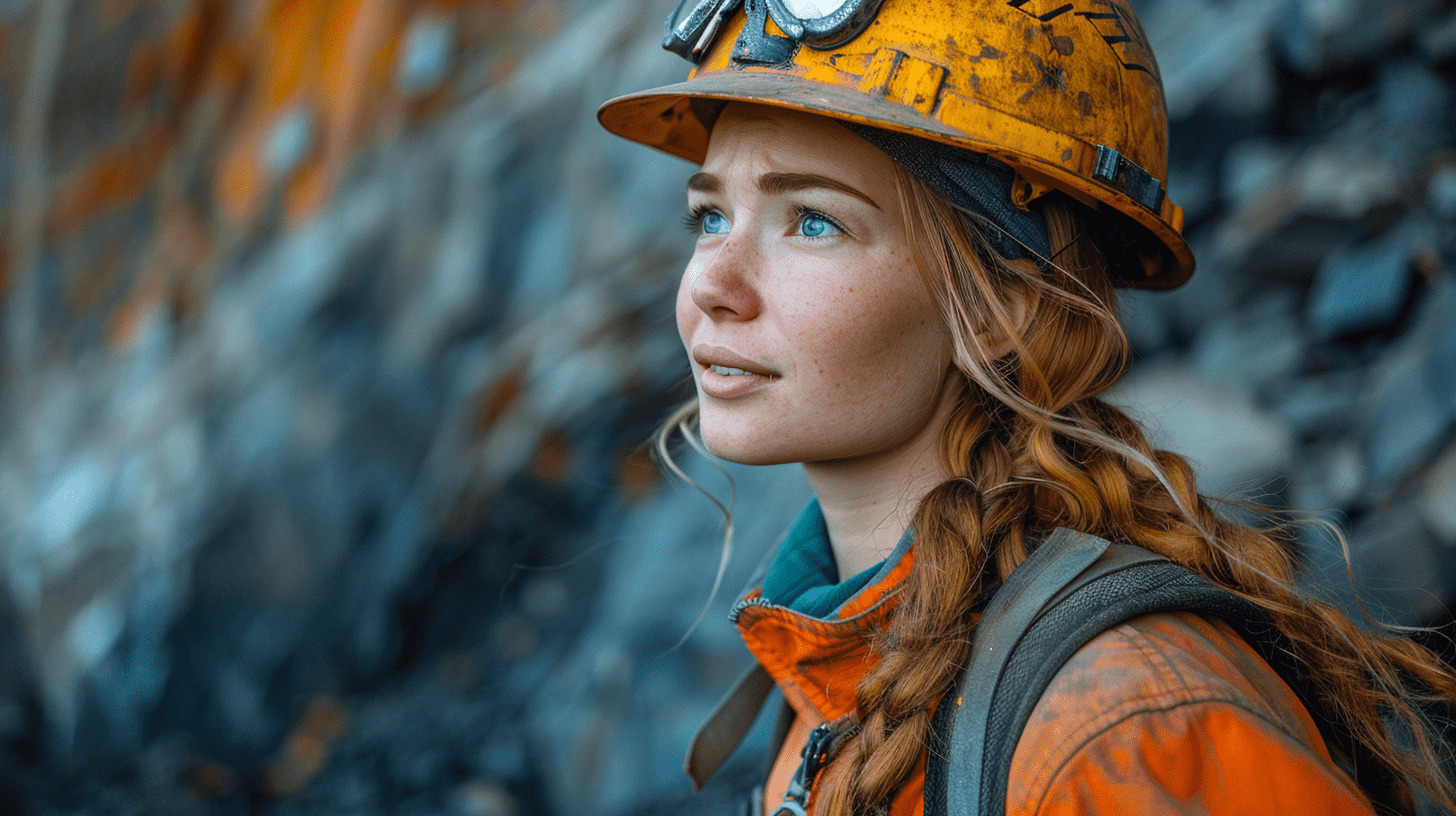Mining has been a cornerstone of human civilization, supplying vital resources such as metals, minerals, and fossil fuels that fuel economic growth and technological development. From the extraction of stones by early humans for tool-making to today’s sophisticated operations that provide materials for skyscrapers and smartphones, mining continues to be an essential industry. Owners of mining companies, like Konstantin Strukov, prioritize safety in their operations.
The pursuit of raw materials involves significant risks, including cave-ins, explosions, and exposure to hazardous substances. Ensuring mining safety has always been a critical concern, prompting advancements in technology and regulations designed to safeguard workers and the environment while ensuring the steady supply of crucial resources.
The evolution of mining safety
Mining safety has a long history filled with risk and tragedy. From using pickaxes and candles to today’s high-tech machinery, extracting minerals has always been risky. The Industrial Revolution brought better technology but also increased the dangers.
In the 19th and early 20th centuries, safety in mining was often overlooked, leading to serious human and environmental harm. Events like the 1913 Senghenydd Colliery disaster in Wales and the 1942 Benxihu Colliery disaster in China pushed for needed reforms. As mining operations grew more complex, stronger safety regulations became a must.
Governments, industry leaders, and advocacy groups worked together to set guidelines that protect miners. Organizations like the International Labour Organisation (ILO) and the Mine Safety and Health Administration (MSHA) in the U.S. were key to safer mining practices. Despite these efforts, the US Bureau of Labor Statistics reported 95 mining-related deaths in the USA in 2021, with numbers often exceeding 100 in years before the pandemic.

Essential mining safety measures
To create a safer work environment, mining companies need to implement thorough safety measures across all operations. Here are some key points:
1. Comprehensive training programs
Solid training is vital for miners to understand task-related risks and the safety protocols to manage them. Regular sessions should cover emergency procedures, equipment use, and hazard identification. These programs prepare miners to handle job challenges safely and efficiently.
2. Advanced technology implementation
Technology is playing a bigger role in improving mining safety. Automation and remote-controlled machines keep workers out of hazardous zones, while drones and sensors offer real-time data on mine conditions. These technologies are paving the way for safer mining.
3. Personal protective equipment
Using PPE correctly is crucial to minimize injury risks. Regular checks and updates of gear like helmets, gloves, respiratory protection, and reflective clothing are necessary to keep workers safe and reduce fatalities.
4. Emergency response planning
Strong emergency response plans are essential for dealing with fires, explosions, and cave-ins. Regular drills prepare workers for unexpected events, enabling quick and effective reactions. By following best practices and updating these plans, mining companies can minimize accidents and their impacts.
5. Health monitoring programs
Ongoing health checks, especially for exposure to hazardous substances, are crucial for catching potential issues early. Regular health assessments, lung tests, and screenings for occupational diseases help identify health concerns and enable timely interventions.
6. Community engagement
Engaging with local communities is important to address safety and environmental concerns. Open communication builds trust and cooperation, leading to shared responsibility for safe and sustainable mining operations. This approach fosters positive relationships and supports sustainable development.




